On July 30, 1914, Norwegian pilot Tryggve Gran achieved a historic feat as he flew from Cruden Bay to Stavanger during the earliest days of aviation.
It was the first ever flight across the North Sea, and it’s a piece of local legend still celebrated in the coastal Aberdeenshire community.
A memorial statue stands proudly next to the Water of Cruden, yards from the village’s world famous golf club.
Meanwhile, a plaque adorned with bright red and blue Norway flags tells the tale of his perilous task.
Now, Cruden Bay is gearing up to mark the 110th anniversary of the flight.
But Gran had a dark side.
His heroic status is tarnished by his fascist links and close friendship with top Nazis – including one of Hitler’s highest-ranking henchmen in Hermann Goring.
At a time when historic figures are facing a reckoning for past misdeeds, with statues toppled and informative plaques being added to monuments with unsavoury links, questions are being asked of the event.
- We look into who exactly Tryggve Gran was, and whether his actions during the Second World War should be recognised
- Locals offered a mixed reaction when we visited Cruden Bay
- One expert reckons the best way forward would be to recognise both the man’s amazing achievements AND his Nazi links
Just who is Tryggve Gran?
Tryggve Gran was a Norwegian explorer and pilot, most famous for his Antarctic expeditions and being the first man to fly across the North Sea in a heavier-than-air aircraft.
Gran was born in Bergen, in 1888, to a well-off shipbuilding family.
In 1911, his polar explorations begun as he made it to Cape Evans, Antarctica with famed British explorer Robert Scott.
His most well-known polar expedition came when just one year on, where Gran was part of a search party which found the bodies of Scott and his companions frozen to death in their tent following a failed journey to the South Pole.
Flying career and Tryggve Gran’s connections to Cruden Bay
Gran wrote his name into aviation history books by becoming the first man to fly across the North Sea in a heavier-than-air aircraft.
He took off in his Bleriot monoplane from near the Cruden Bay Hotel on July 30, 1914, aiming to land near Stavanger in Norway.
Despite his first attempt having to be abandoned due to poor visibility, he managed to make the crossing on his second, taking four hours and 10 minutes, hovering a mere 100 feet about the icy north sea.
His flight is remembered today in the north-east, with plaques and a memorial remembering the feat in Cruden Bay.
The Norwegian was also awarded the Military Cross during his efforts as a part of the British Flying Corps during the First World War.
Fascist links and friends with Göring
But Tryggve’s story isn’t just about breaking barriers in the field of flight…
Following the outbreak of the Second World War, the pilot aligned himself with Norway’s fascist party, the Nasjonal Samling (NS), which was set up in a Quisling Government by the Nazis.
He became the head of the Hirdens Flykorps, a uniformed paramilitary organisation, under Vidkun Quisling’s government.
Letters from the famed pilot would be signed off with the nationalist phrase ‘heil og sæl’, and Gran even wrote propaganda for the NS.
His voice was inescapable on Norwegian airwaves, giving radio lectures about high-ranking Nazi Hermann Goring, to help the Norwegian pilots who had been shot down over Germany, and was reportedly close friends with Goring himself.
Gran’s downfall and treason conviction
After living a lavish life thanks to Quisling and the Nazi Party, Gran’s world would come crashing down all around him when the war ended.
He was convicted of treason by the Norwegian government and sentenced to 18 months in prison.
During his trial, Colonel Gudbrand Østbye gave evidence on the stand that Gran had “acted as head of” 300 Norwegian prisoners of war to clear roads in harsh winter conditions.
Yet despite receiving punishment for his collaboration with the evil regime, he remained unrepentant in later life.
He wrote in his 1979 book ‘My Life Between Heaven and Earth’ that he “wouldn’t do anything differently if he could live his life over again”.
Why are Cruden Bay celebrating Tryggve Gran this year?
This year marks the 110th anniversary of Gran’s flight across the North Sea, and an all-day celebration is taking place in the seaside village.
Port Errol Heritage Group have arranged for a march from the congregational church to the plaque dedicated to Gran’s flight, followed by various speeches.
Tryggve’s son Hermann Gran will also be in attendance.
A plaque sits in Cruden Bay to this day which commemorates Tryggve’s journey across the North Sea, which he unveiled himself on a visit to Cruden Bay back in 1971.
So what do Cruden Bay locals think of Tryggve Gran?
On a sunny afternoon, I visited the village to ask Cruden Bay locals their view on Tryggve Gran.
This came after one local had emailed the Press and Journal expressing horror at the “absurd” event, being arranged despite organisers knowing of his dark side.
But this sentiment was not shared by many we spoke to.
Cruden Bay resident Kira Neal was not aware of the Nazi links, and described the moral ambiguity as a “grey area”.
Another Cruden Bay man, who asked not to be named, told me: “It’s about celebrating the achievement – not the man. I am 100% in favour of it”.
One local I spoke to on Harbour Street did admit the event made him uncomfortable.
He said: “It doesn’t sit easy with me, with the memorial and the plaque, that we celebrate someone with such strong Nazi connections.”
Overall, many didn’t feel they knew enough about this element of Gran’s story to make a judgment, while others didn’t want to condemn a community event.
I decided to consult an expert.
‘We don’t whitewash history’ – Professor weighs in on Tryggve Gran
Peter Reid is a professor and historian at Robert Gordon’s University, and an expert in Norway and Scotland’s history during the Second World War.
Speaking to me from his home in Portgordon, Peter mused: “I think this is a classic example of everything that we’re finding as we revise history.
“We constantly find that all people in history are flawed in some ways but sometimes the flaw is so great that we can’t celebrate them, or we can’t commemorate any achievement that they’ve made.
“However, with the vast majority of individuals, the flaw or flaws are much more nuanced.
“Life is complicated, we’ve all done things that we regret. Admittedly, he did not seem to regret anything at the end of his life.
“I suppose what we’re commemorating is absolutely an achievement, a pioneering achievement for 1914.”
‘I think the event should go ahead…’
Peter runs the Little Norway project which researches Norwegian refugees life in Scotland during the war.
And with regards to the event, he believes the Nazi links “should not be ignored”.
He explained: “I firmly believe that we do not whitewash history, we tell history in an unblemished fashion.
“I don’t believe the plaque should be taken down; I think it’s far better to put some accompanying interpretation around the plaque.
“Personally, I think the event should go ahead, you focus on the event, the achievement, but not the man.”
This wouldn’t be anything new in the north-east. Aberdeen University recently installed extra information on how cash from slavery funded the creation of the Powis Gates.
What do you think about Tryggve Gran’s Nazi links? Let us know in our comments section below
So what will happen next?
The commemoration event is going ahead on August 3 to remember the Norwegian’s pioneering achievement.
Many will march from the congregational church to his memorial on Harbour Street, to remember his brave flight from Cruden Bay to Stavanger.
As the years pass, and more becomes known about his dark past, Gran’s Nazi links might come to hover over his connection with the village.
Port Errol Heritage Society and local councillor Stephen Smith declined to comment.
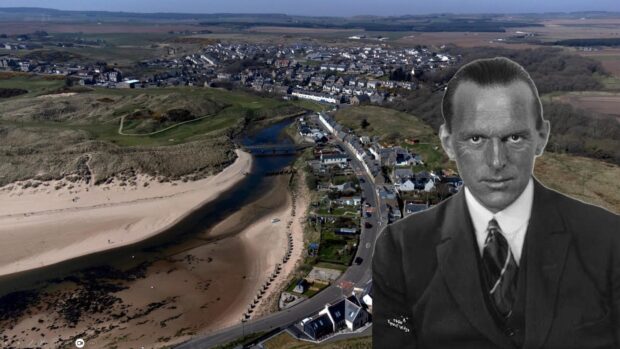
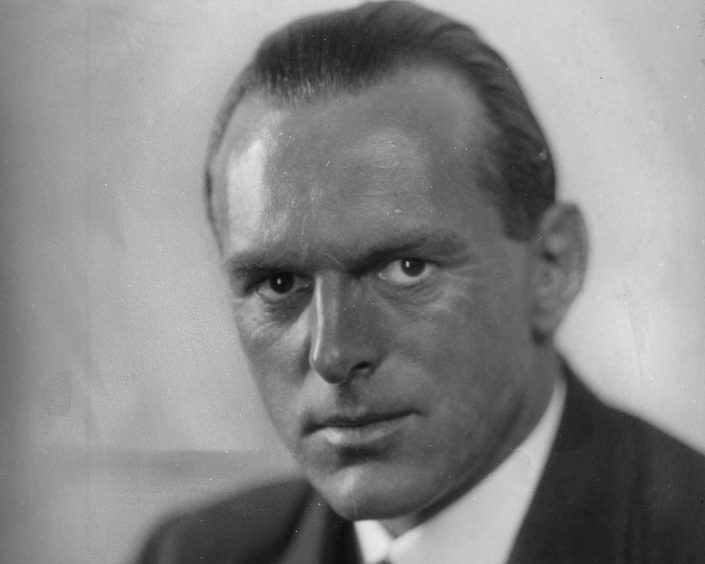
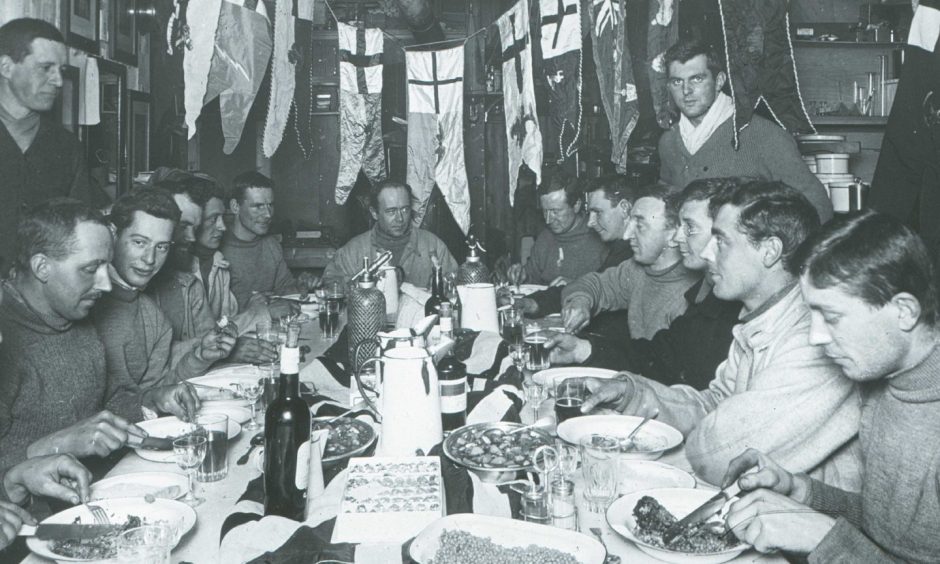
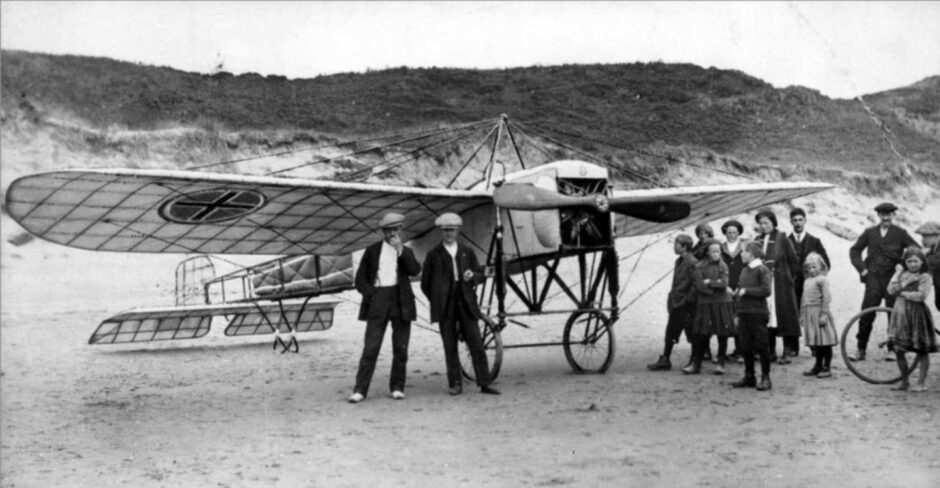
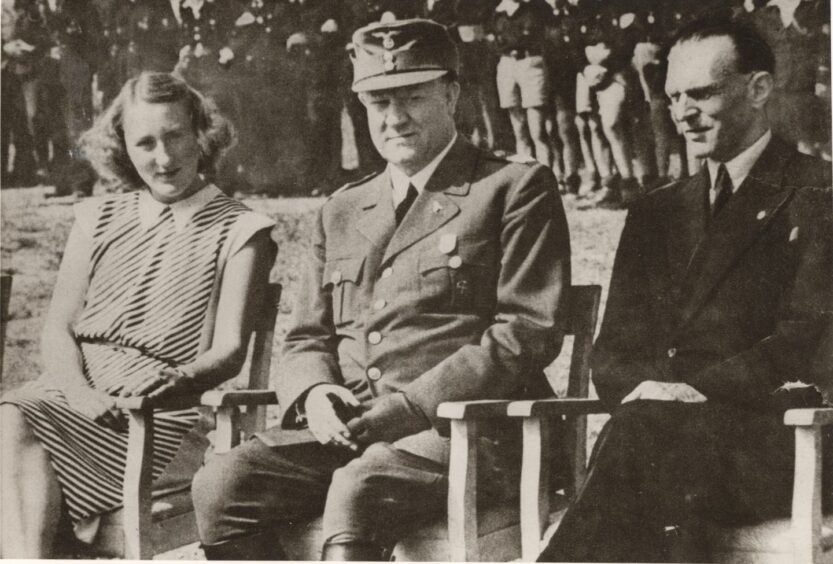
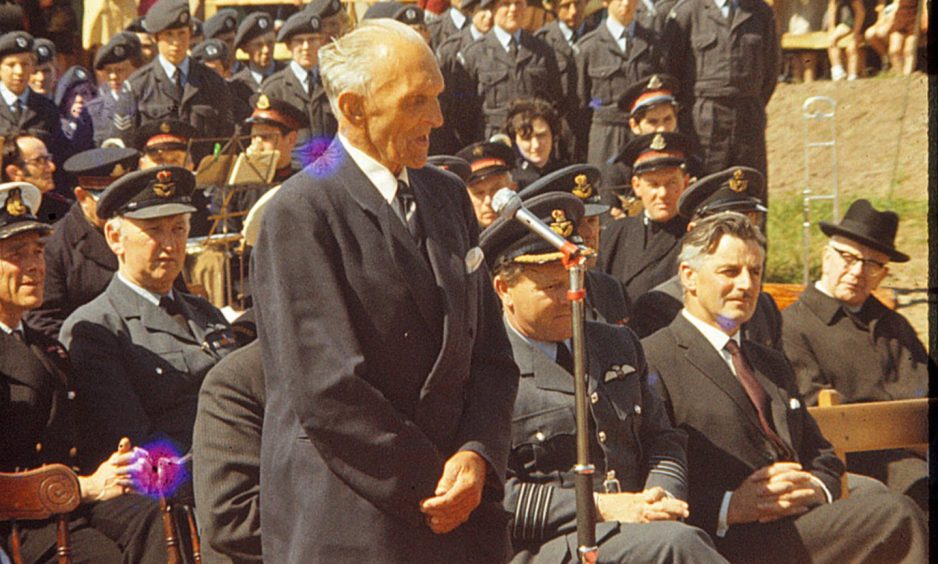
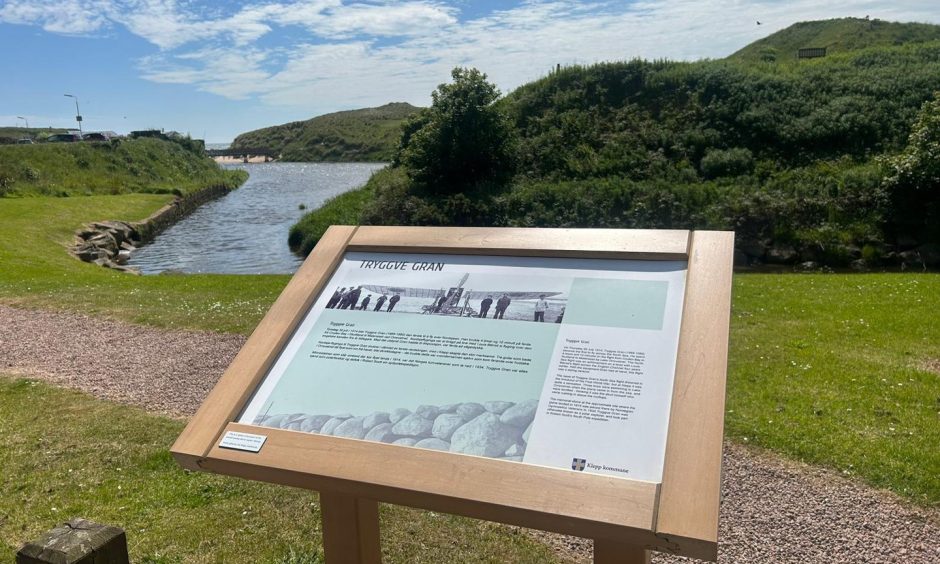
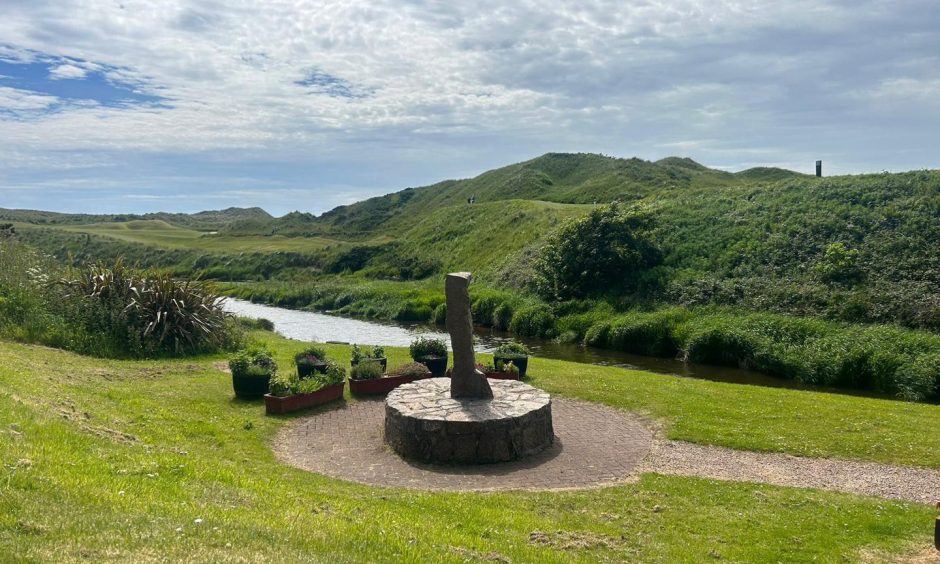
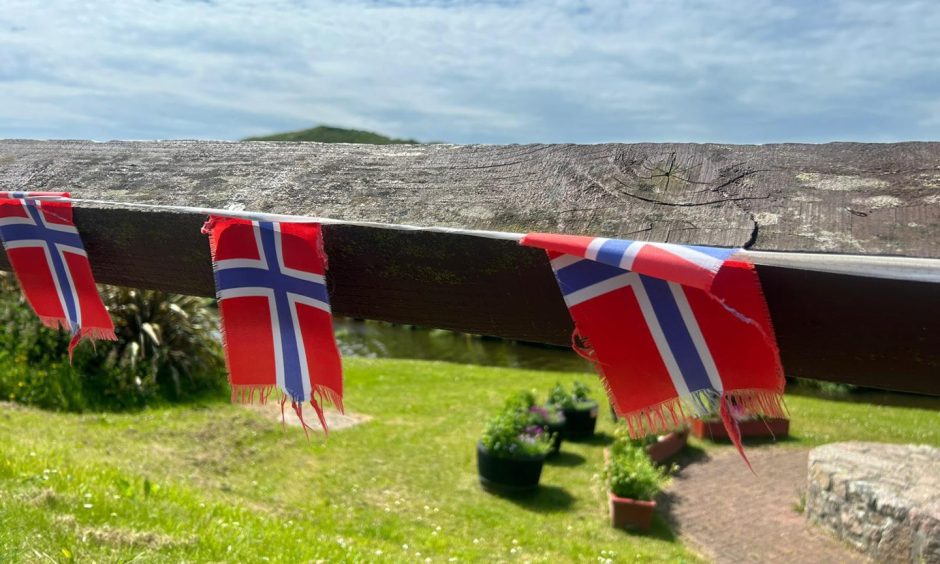
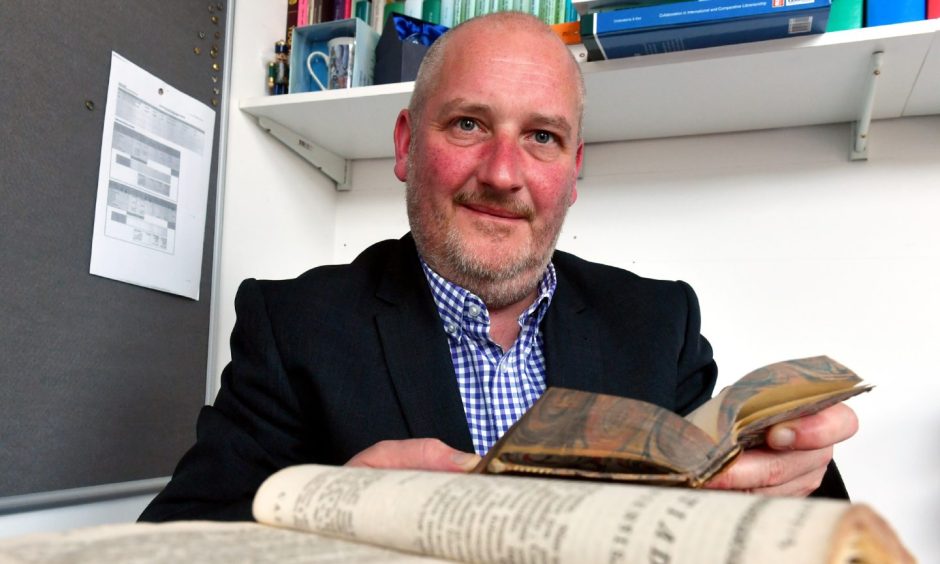


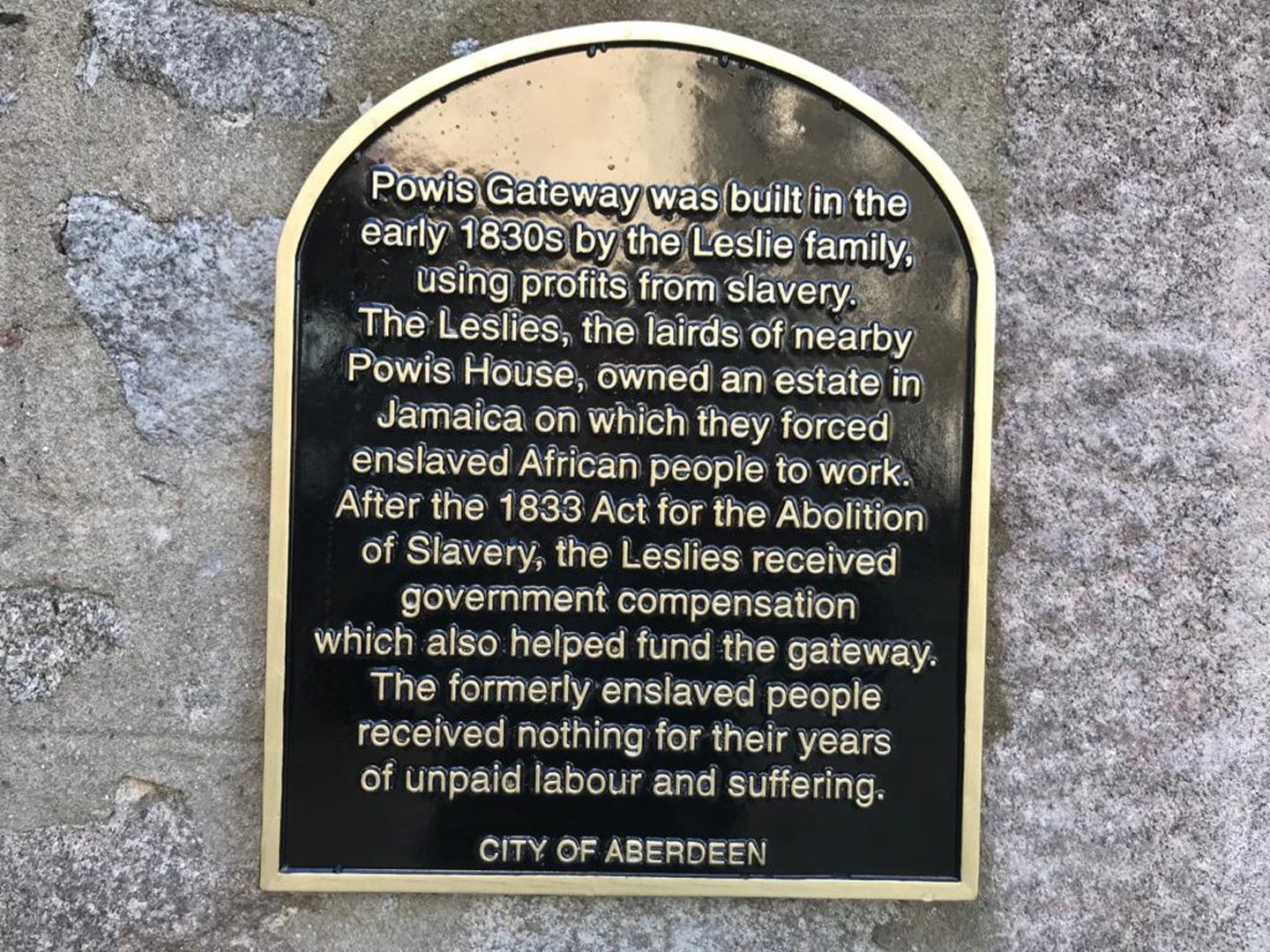
Conversation